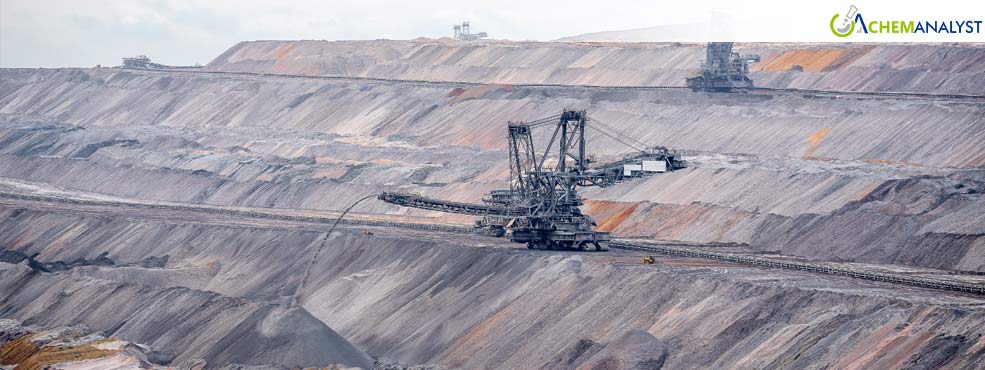Massive 18 million Tons of Lithium Deposit Found Under California's Salton Sea
- 28-Mar-2025 10:15 PM
- Journalist: Jacob Kutchner
A groundbreaking discovery has positioned California's Salton Sea as a pivotal player in the global lithium market, with scientists unearthing an estimated 18 million tons of the critical mineral, valued at a staggering $540 billion. This vast reserve, nestled beneath the lake’s murky waters, holds the potential to revolutionize the United States' battery industry and significantly reduce its reliance on foreign lithium imports, particularly from China.
The revelation, stemming from a U.S. Department of Energy-funded study, dwarfs previous estimates of the Salton Sea's lithium reserves, which were initially pegged at 4 million tons. According to research, the newly discovered lithium could power batteries for an estimated 382 million electric vehicles, exceeding the current total number of cars on U.S. roads.
"This is one of the largest lithium brine deposits in the world," stated Michael McKibben, a geochemistry professor at the University of California, Riverside, and a key contributor to the study. He emphasized the profound implications of this find, suggesting it could enable the U.S. to achieve complete lithium self-sufficiency.
The discovery has drawn significant attention from political leaders, with California Governor Gavin Newsom highlighting the Salton Sea's potential to become the "Saudi Arabia of lithium." This assertion underscores the strategic importance of this discovery and it's potential effects on the global market.
The surge in lithium demand, driven by the burgeoning electric vehicle market and the expansion of renewable energy technologies, has transformed the mineral into a highly sought-after commodity. Currently, the U.S. heavily depends on lithium imports from nations like China, Australia, and South American countries, creating vulnerabilities in its supply chain.
Harnessing the Salton Sea's lithium reserves could mitigate these vulnerabilities, strengthening national energy security and positioning the U.S. as a dominant player in the global battery supply chain. However, the extraction process presents numerous challenges.
Extracting lithium from the Salton Sea involves drilling geothermal production wells deep beneath the earth's surface to access lithium-rich brine. While this method is considered more environmentally sound than traditional lithium mining, concerns remain regarding water consumption, potential seismic activity, and the overall ecological impact on the Salton Sea region. The Salton Sea region, already environmentally fragile, could be put under increased pressure from increased industrial activity.
As the nation seeks to advance its clean energy goals, balancing economic potential with environmental stewardship will be paramount. The responsible and sustainable extraction of lithium from the Salton Sea will require careful planning, technological innovation, and rigorous environmental oversight.



